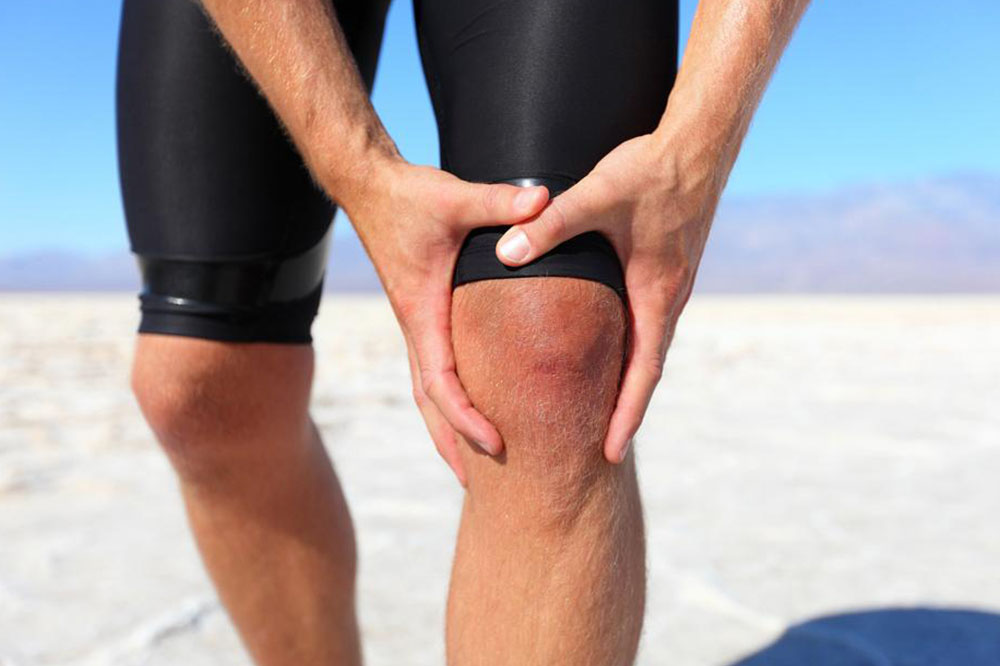
Common Risk Factors for Deep Vein Thrombosis
Deep vein thrombosis (DVT) affects a person when a blood clot is formed in one of the deep veins of the body. If not checked, it can be carried to other parts of the body via the bloodstreams. Here are certain common risk factors for DVT that might increase the chances of having the condition. DVT.
Family history
The chances of DVT increase in those who already have the issue in their family. So, if someone in a person’s family has had DVT, it is likely that the person will suffer from it too. The risk of getting DVT increases even more if the parent or sibling had DVT. If a person’s both parents were diagnosed, then they have a chance of getting DVT too.
Recent surgery
Post-surgery is the time when a person is most vulnerable to getting DVT especially if they have undergone a knee, hip, or prostate surgery. Now, various factors can contribute to this condition. The entrance of tissue debris in the blood, sluggish blood flow arising out of bed rest, and fat leading to increased blood clotting are a few reasons that may lead to DVT. It can also be caused by surgical trauma, which may damage the veins. This is the reason why some preventive treatment is always required for approximately 80 percent of patients who have an orthopedic surgical procedure.
Long periods of inactivity
Another risk factor for DVT is if you have been on bed rest for a while. If a person has a sedentary job where they don’t get up for brief walks often, their muscles don’t get the required movement. Because of this, the blood starts to accumulate in the lower legs due to which a clot may form. Immobility for a long period is one of the prime causes of DVT.
Obesity
Just as obesity is the root cause of many other disorders and health issues, it is even one of the main risk factors associated with DVT; particularly, if someone has morbid obesity. Even if a person is undergoing obesity surgery, their chances of getting DVT increase. The risk increases even more if your BMI (Body Mass Index) goes up. Numerically speaking, if your BMI goes over 30, your chances of getting DVT increase by two to three times.
Pregnancy
During pregnancy, there are hormonal changes in a woman, which increase the chances of DVT by five times. Also, the fetus inside the pelvis can cause venous outflow obstruction because of which a pregnant woman can get varicose veins.
Age
As a person becomes older, the chances of DVT also increase, which is why age is one of the risk factors for DVT. People over the age of 60 are at a higher risk of getting DVT. More specifically, the risk begins when one attains the age of 40 and peaks between the age of 60 and 70.


